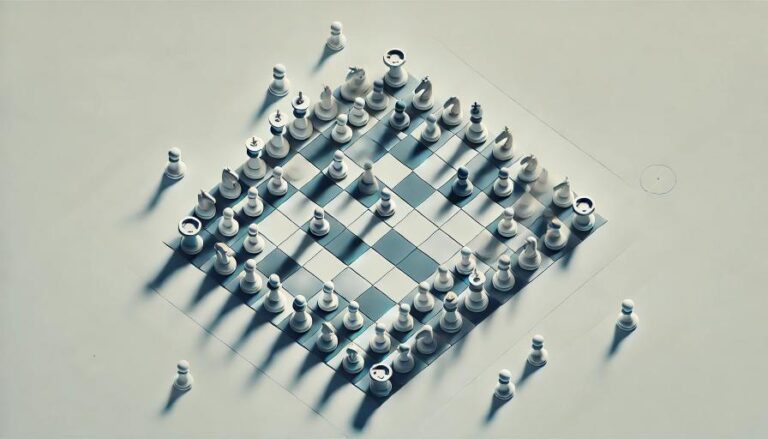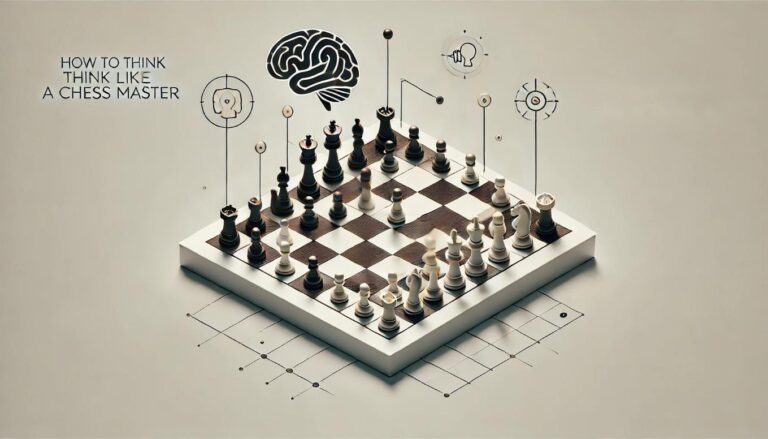The History of Chess Tables
Chess has been a popular game for centuries, and the design of chess tables has evolved along with the game itself. The earliest form of chess originated in India, and it was played on a simple cloth or carved board. The game was brought to Europe during the 9th century, and it quickly gained popularity. As chess became more popular, so did the need for a dedicated playing surface. This led to the creation of the first chess tables, which were essentially just a flat surface with a checkerboard pattern.
During the Renaissance period, chess tables became more of a status symbol and were often crafted from luxurious materials such as marble, brass, and even precious gemstones. The designs ranged from simple and elegant to elaborate and ornate, with many tables featuring intricate inlaid patterns and detailed carvings. This period also saw the introduction of foldable chess tables, making them more mobile and accessible for all social classes.
Today, chess tables continue to evolve, with modern designs incorporating features such as built-in chess clocks, drawers for storing chess pieces, and even electronic chess boards. While the designs and materials may have changed over the centuries, the essence of a chess table remains the same â to provide a dedicated and functional playing surface for the game of chess.
Design Elements of Chess Tables
While chess tables come in a variety of designs and materials, there are some common elements that make up their basic structure. Here are some of the key design elements of a chess table:
2. Border: The playing surface is usually surrounded by a border, which helps keep the chess pieces from falling off the table. The border may be carved or have decorative inlays to add to the overall aesthetic of the table.
4. Storage Space: Many chess tables feature built-in storage space for the chess pieces. This can range from a simple shelf under the playing surface to elaborate drawers or compartments within the table itself. Some tables may also have additional storage for chess clocks or other accessories.
Materials Used in Chess Table Design
The materials used in chess table design can greatly impact the overall look and feel of a table. Here are some of the most common materials used in the construction of chess tables:
2. Marble: Marble is a popular material for luxury chess tables. It is known for its elegant appearance and durability. Marble chess tables often feature intricate inlays and carvings, and they can be quite heavy and expensive.
4. Glass: Glass chess tables are a modern and stylish option. They are also well-suited for those who want to display their chess pieces as the top surface is transparent. However, glass tables may not be as durable as other materials and are more prone to scratches and damage.
The Importance of Size and Proportion in Chess Table Design
The size and proportion of a chess table are crucial for both functionality and aesthetic purposes. An ideal chess table should be proportionate to the size of the chess pieces, allowing for comfortable and easy movement during gameplay. The standard size for a chess table is around 2-2.5 feet tall, with a playing surface of 12-18 inches square.
Furthermore, the size and proportion of the chess table may also affect the level of skill required to play on it. A larger table may require more skill as players need to move their hands and arms over a greater distance, while a smaller table may be more suitable for beginners or casual players.
Conclusion
Understanding the intricacies of chess table design not only gives us insight into the evolution of the game, but it also highlights the importance of functionality and aesthetics in creating a truly well-designed chess table. From the materials used to the size and proportion, every element of a chess table is carefully considered to enhance both the gameplay and the overall aesthetic. Whether it´s a traditional wooden table or a modern glass one, the design of a chess table truly showcases the artistry and craftsmanship of this timeless game.


